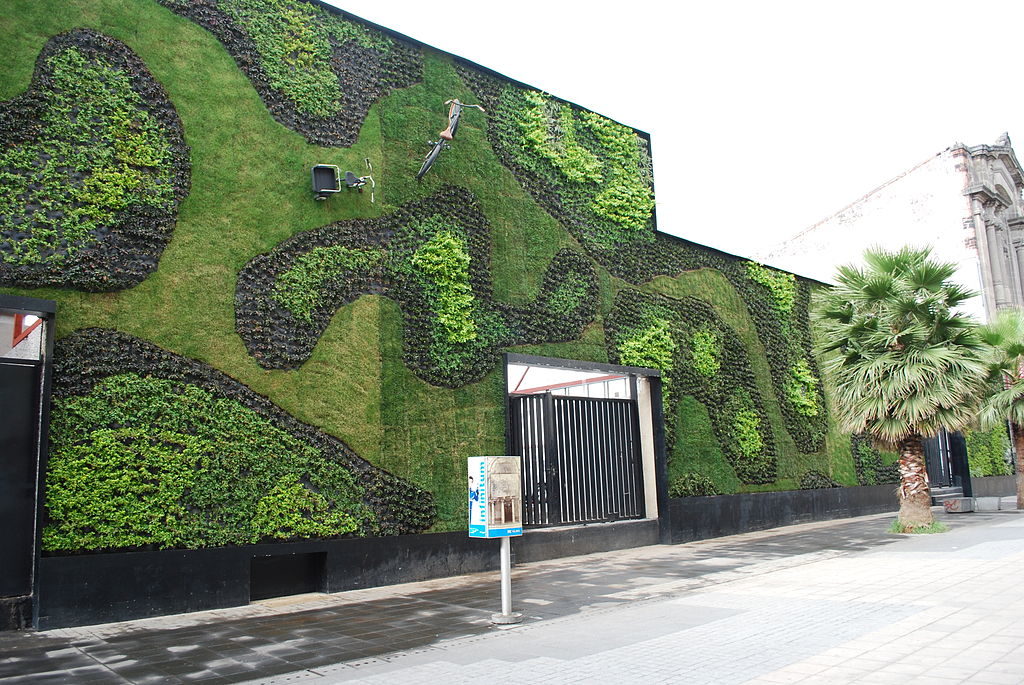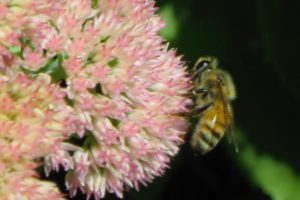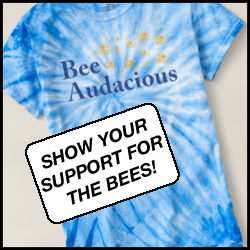Audacious Idea Ten: Designing Managed Landscapes for Bees
Audacious Idea Ten: Designing Managed Landscapes for Bees
By Neal Williams
My vision for bees in managed lands is to create landscapes that are more beneficial to bees and also other aspects of the ecosystem. My vision for pollination is (unsurprisingly) for a broadly integrated approach that recognizes opportunities to use wild pollinators more effectively and moves the practice in a direction that allows for broader integration of these diversified approaches.

Green wall at the Universidad del Claustro de Sor Juana in the historic center of Mexico City
1. Ecologically we need to better understand how wild bee communities and managed bee populations interact over time. How resilience of one component affects the resilience and persistence of the other (be it honey bees or other managed bees). We increasingly recognize that better forage opportunities and habitat promotes diversity of wild bees. These also appear to promote survival of managed honey bee colonies. We do know the net outcome of improved habitat on the two together.
2. Bee health within these landscape is as much about people, including non-beekeepers, as it is about bees. As we move toward the vision of landscape that support bees. We need to understand why different people choose to manage things as they do. We must engage individuals and groups who own the land, those who cultivate the land, and those who work rangelands. If we are not likely to engage some groups because they have no vested interest in bee welfare; how to we, who do care, tailor actions that these individuals do care about to also benefit bees?_______________________________________________________________
Questions:
- As someone outside the realm of apiculture I am freed by my ignorance of so many elements behind the health of honey bees and welfare of beekeepers.
- Why do we manage bees commercially as we do?
- Why do we re-queen at the rate that we do?
- Does this in fact improve outcomes for colony health?





